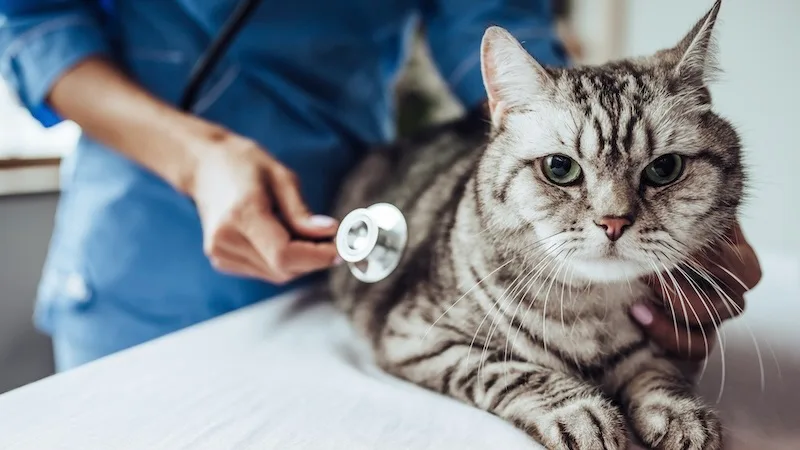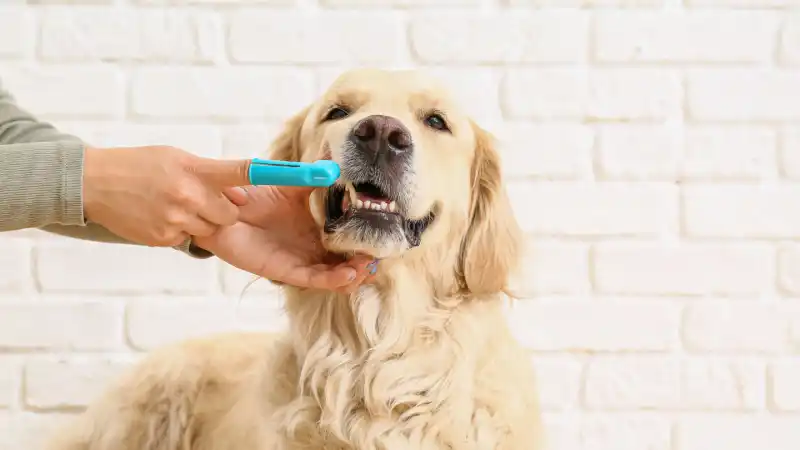The Biggest Changes in Veterinary Medicine in the 21st Century
Get insights into the vet world from an active vet with over 20 years of experience, discussing the reasons why medical expenses for pets have gone increased.

I’ve noticed over the past 20 years as a veterinarian that client questions about pet insurance have gone from occasional to an almost daily occurrence. These types of questions were almost non-existent when I started working at my father’s veterinary practice in the early 90s. Back then, many of the pet care options that we’re used to today didn’t even exist yet. And, if pet insurance did exist at that time, we certainly weren’t aware of it.
Let’s take a look at the three biggest changes in veterinary medicine since the 90s, which have not only led to the increased cost of pet care, but also to increased spending by pet owners. We’ll also look at how pet insurance can help you handle cost increases, while gaining access to better medical care for your pet.
More Specialty Care Options for Pets
In the 20th Century, if you wanted to seek care beyond your primary practitioner (through a specialty surgery or cancer treatment center), you’d typically have to drive to a teaching hospital located within a veterinary college.
In Illinois, where I attended veterinary school, that was the University of Illinois in Champaign-Urbana. It wasn’t an inconvenient option if you lived in Central Illinois, but if you lived elsewhere in the state, the drive could easily be over 2 hours.
Today, in most areas of the U.S., you and your primary veterinarian have more convenient options (and more options in general) for specialty services. In addition to wider geographic availability, there are now more board-certified veterinarians encompassing a wider range of specialties.
Just like in the human field, there are veterinarians specializing in internal medicine, cardiology, oncology, surgery, dermatology, sports medicine, and dentistry, just to name a few. These board-certified veterinarians underwent intense and lengthy training to bring this specialty to you and your pet, including 4 years of undergraduate work, 4 years of veterinary school, and typically an additional 4-6 years of a residency to achieve their board qualification.
Finally, they had to pass a test (or the “boards”) to achieve certification in their specialty. The number of specialties and specialists available to pet owners is higher than ever before. This means a higher level of care but, not surprisingly, also an increase in cost.
Advancements in Diagnostic Testing for Pets
The next big change in veterinary medicine has been in diagnostics and medical equipment. X-rays or radiographs are a good example. Until recently, obtaining radiographs was a very tedious, inefficient, and labor-intensive task. Veterinarians or their technicians literally had to hand develop the film. The process was time consuming, and the images were often of poor quality, either because a patient had moved, or a mistake was made.
You wouldn’t know if the film was acceptable until it was fully developed. And the process of developing necessitated working with nasty chemicals. Not only was it more cumbersome and stressful for the veterinary team, but the animal had to stay nearby or in a relatively uncomfortable position for longer periods of time.
Now, most practices have moved to digital radiographs. Just like with digital cameras or your phone, the image pops up almost immediately on a computer screen. Digital radiographs are lightyears faster, safer, and more comfortable for pets and people, since both are typically not exposed to further radiation, as less pictures are taken, and chemicals have been removed from the process.
In addition to a smoother option for radiographs, we now have in-hospital lab equipment that can give accurate and complete blood chemistries (think kidney, liver, and thyroid tests) and blood counts (red and white blood cells) in under 10 minutes! We used to have to send out to a lab for blood tests and then wait 24-72 hours for results. This made it difficult for the veterinarian to recommend specific treatments until lab results were returned.
Now, in urgent situations, veterinarians can make data-driven, patient-specific recommendations much faster, which can speed up the healing process for your pet. Not only can we get faster results, but the options for testing and earlier detection are also much more robust than they were 20 years ago. Because there are additional tests that can help detect diseases or deviations in your pet’s health sooner, you will be presented with more choices. Again, this is not directly an increase in cost of pet care, but an increase in spending for the best care.
Improvements in Veterinary Support
One of the most important changes in the past 20 years has been the increase in skill and education of veterinary support teams. Many practices have certified or registered veterinary technicians (CVTs or RVTs) who have completed accredited programs and rigorous testing to obtain degrees focused on caring for animals. In some cases, veterinary assistants have not completed a certification program, but have been in the field for years, helping patients while perfecting their skill set to provide the highest quality of care for pets.
The demands on the veterinary support team and the scope of training needed to operate equipment, as well as monitor and treat patients, are extensive. Keeping these compassionate and effective individuals in the field requires appropriate compensation, which means that the cost of healthcare for your pet may increase to provide better pay.
There are many reasons the cost of veterinary care has risen over the last 30 years. Some may look towards inflation, rent, or numerous other outside causes. In my experience, it has mostly been driven by a change in the standard of care for your pets: more specialty options, increased access, better diagnostics, and highly skilled staff.
Don’t let finances hold you back from giving your pet the best care available. Consider pet insurance as one way to navigate the increase in price, options, and accessibility. It can make your life easier, while allowing you to make the best decisions for your pet, not only during emergencies, but in all aspects of their healthcare.

Every Dog and Cat Deserves the Pet Insurance of Champions
Get prize-winning care for your pets.
Dr. Preston Turano graduated from the University of Illinois College of Veterinary Medicine in 2002. Since that time, he has been a Veterinarian, Medical Director, and Practice Owner.
READ MORE ARTICLES

